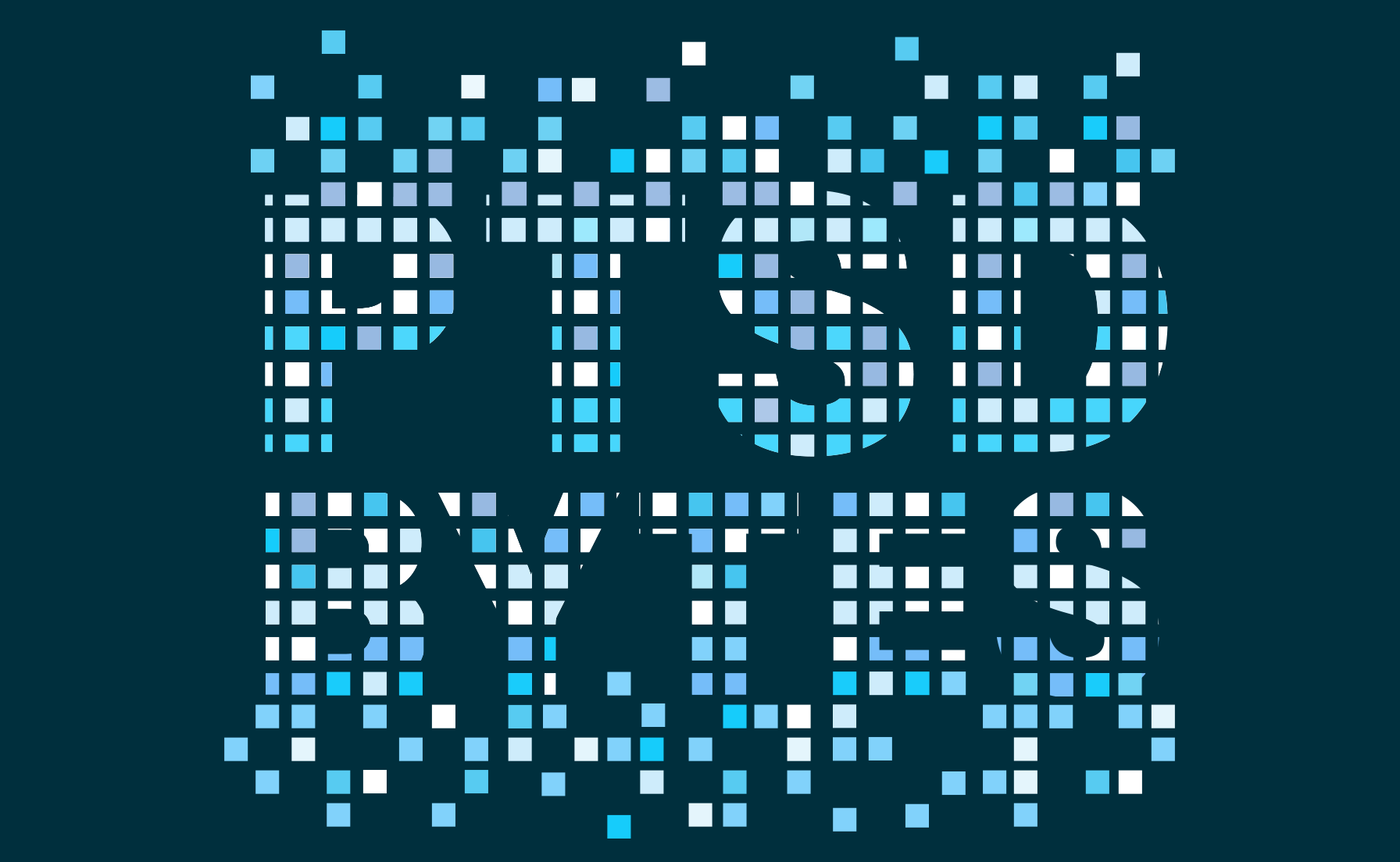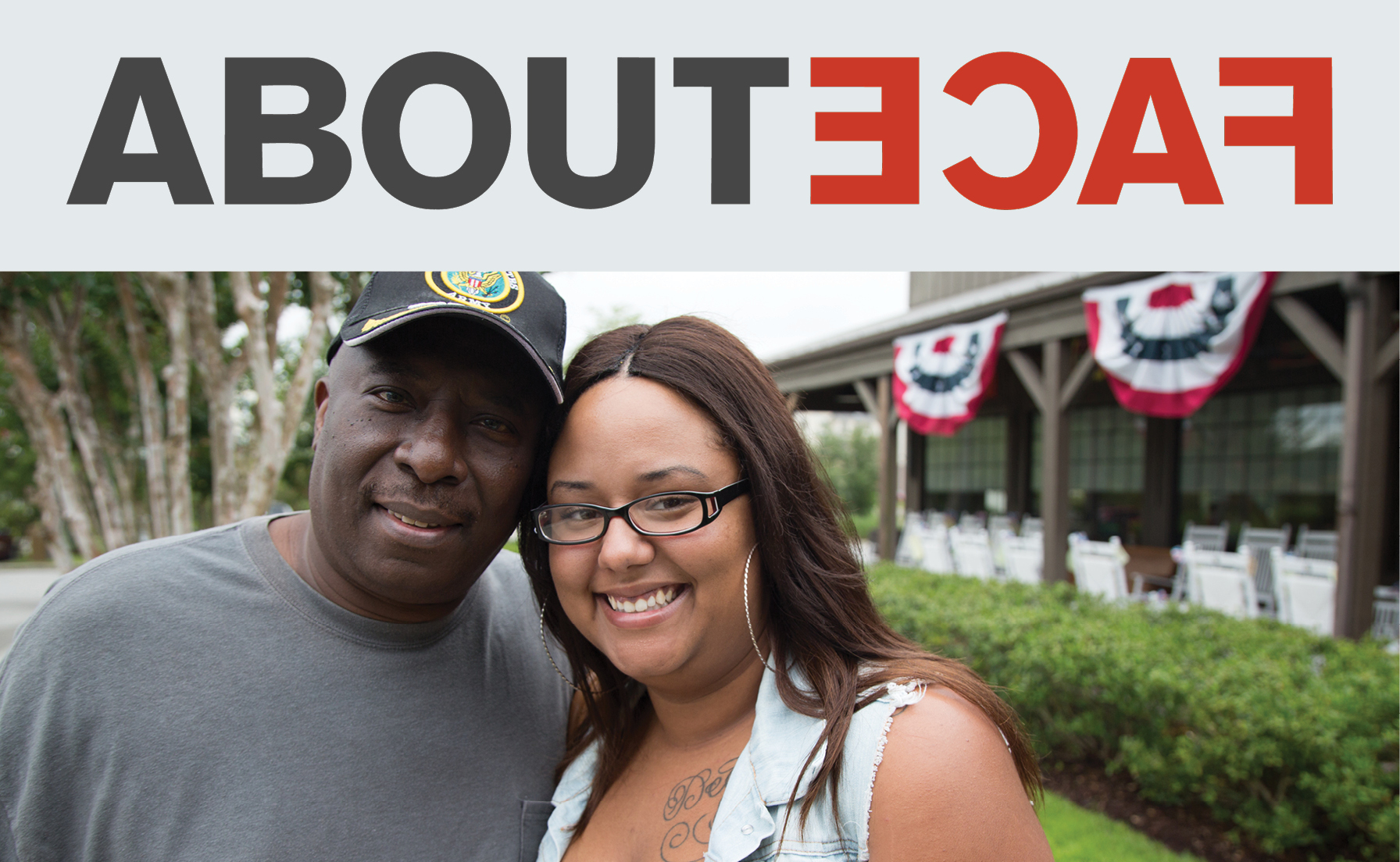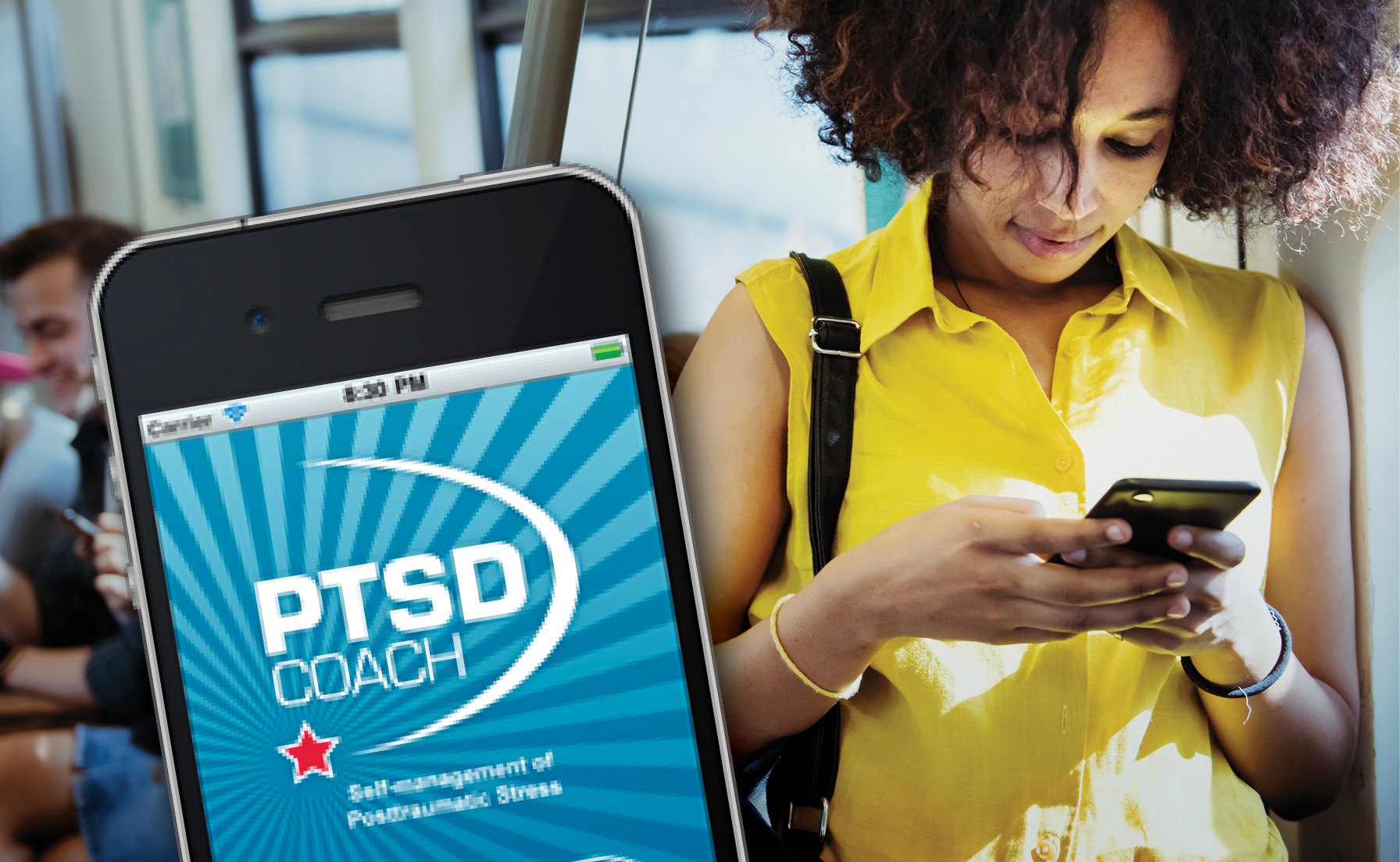PTSD: National Center for PTSD
PTSD in Children and Teens
PTSD in Children and Teens
Available en Español
Traumatic events can happen to us at any age. When children and teens go through traumatic events that lead to PTSD, their reactions may be different from adults. Learn how to recognize PTSD symptoms in your child or teen. Brief information about treatment options is included.
Reading time: minutes
What does PTSD look like in children?
Preschool-aged children (ages 1-5)
Children 1-3 years tend to respond to stress with temper tantrums, irritability and sadness. Those aged 3-5 may start to act younger. For example, they may have accidents even though they are potty trained, suck their thumb, or become clingy and anxious when they are apart from parents or caregivers. They may also be irritable, sad, act out, or have physical symptoms like stomach aches. Giving children attention, emotional and physical warmth and sticking to family routines can help..
School-aged children (ages 5-12)
PTSD symptoms in children this age are similar to those in adults. They may relive the event. This is also called re-experiencing. They may avoid things that remind them of the trauma, be keyed up, and have more negative thoughts and feelings than before the trauma. However, the way these symptoms appear can often look different than they do in adults. Reexperiencing symptoms may take the form of repeating certain parts of the traumatic event(s) in their play. For example, a child might want to play shooting games over and over after seeing a school shooting. Nightmares and sleep problems are also common. School-aged children may not have flashbacks or problems remembering parts of traumatic events the way adults with PTSD often do. They might, however, remember the events in the wrong order or deny that events took place. They may also become very upset when something causes memories of traumatic events, show ongoing fear and sadness, or irritability and anger. They may become withdrawn, numb, and lacking in emotion expression, including positive ones. Acting helpless or hopeless is also possible. They may also experience physical symptoms, such as stomach aches or headaches.
School-aged children may also think there were signs that the traumatic events were going to happen. As a result, they may believe if they pay attention or do things differently, they can avoid future trauma. For some, this may be a way to feel like they are in control following situations that were very upsetting.
Avoidance symptoms are often similar to those in adults, such as avoiding people and places that remind them of traumatic events. Hyperarousal — feeling keyed up — can also be similar to adults. Children can spend time looking for possible threats and also become easily startled. They may seem restless, fidgety, or have trouble paying attention and staying organized, which can be confused with symptoms of attention-deficit/hyperactivity disorder (ADHD).
Teens (ages 12-18)
PTSD symptoms in teens begin to look like those of adults. However, teens are more likely than younger children or adults to show impulsive, risky, self-destructive, or aggressive behaviors. It is important to maintain good communication with teens as they may show their anxiety and sadness in risky ways.
What are the other effects of trauma on children?
Besides PTSD, children and teens who have gone through trauma often have other types of problems. Much of what we know about the effects of trauma on children comes from the research on child sexual abuse. This research shows that sexually abused children often have problems with
- Fear, worry, sadness, anger, feeling alone and apart from others, feeling as if people are looking down on them, low self-worth, and having trouble trusting others
- Behaviors such as aggression, out-of-place sexual behavior, self-harm, and abuse of drugs or alcohol
How is PTSD treated in children and teens?
For many children, PTSD symptoms go away on their own after a few months. Yet some children show symptoms for years if they do not get treatment. There are many treatment options, described below:
Cognitive-behavioral therapy (CBT)
CBT is the most effective approach for treating children. One type of CBT is called Trauma-Focused CBT (TF-CBT). In TF-CBT, the child will talk about their memory of the trauma and learn techniques to help lower worry and stress. The child may learn skills to be more assertive. The therapy may involve helping the child learn to change thoughts or beliefs about the trauma that are not correct. For example, after a trauma, a child may start to believe that the world is completely unsafe. TF-CBT will help the child overcome those beliefs.
Some may question whether children should be asked to think about and remember events that scared them. However, this type of treatment approach is useful when children are distressed by memories of the trauma. They can learn at their own pace how to relax while they are thinking about the trauma. That way, they will see that they do not have to be afraid of their memories. Research shows that TF-CBT is safe and effective for children with PTSD.
CBT often includes training and information for parents and caregivers as well. It is important for caregivers to understand the effects of PTSD and to learn coping skills that will help them help their children.
Eye Movement Desensitization and Reprocessing (EMDR)
EMDR is effective in helping both children and adults process upsetting memories, thoughts, and feelings related to their trauma. In EMDR, patients pay attention to a back-and-forth movement or sound while calling to mind the upsetting memory until shifts occur in the way the memory is experienced.
Other treatments
Special treatments may be needed for children who show out-of-place sexual behaviors, extreme behavior problems, or problems with drugs or alcohol.
What can you do to help?
Reading this information is a good step toward helping your child. Learn about PTSD and pay attention to how your child is doing. Watch for signs such as sleep problems, anger, and avoidance of certain people or places. Also watch for changes in school performance and problems with friends. The following actions may be helpful in supporting them:
- Increase their sense of safety. Be patient with younger children who may cling more, encourage older children to talk about their concerns with you or another trusted adult, and keep a regular routine as much as possible.
- Calm them. Try to be calm yourself and share how you do that. Help children with problem-solving and understanding and coping with reminders. Have them take part in activities they enjoy. Creating art or keeping a journal can be a way for them to express feelings and thoughts.
- Foster self-efficacy. Let them know that you will help them handle what happened and share lessons from your own life for getting through hard times.
- Foster and increase social support. Problem-solve ways to increase positive social support.
- Build their hope and confidence. Point out or help them make a list of their special skills, strengths, or talents. You can also share how you have maintained hope in troubled times, show them how they can look at things from a different perspective, and help them get counseling if they need it.
If you believe professional help is needed, your child's primary care provider can help you find a mental health provider. It is best to work with someone who has treated PTSD in children. Some communities have child mental health centers that you can turn to. You can find resources on our Find a Provider page. You, as a parent or caregiver, might also benefit from talking to a therapist on your own.
You May Also Be Interested In


























